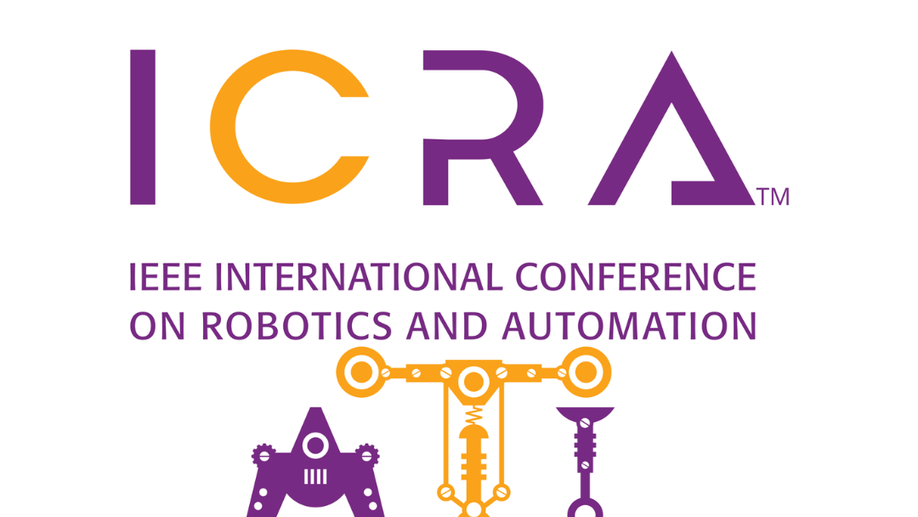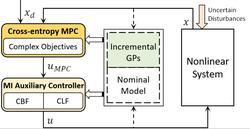
I recently earned my Ph.D. in Robotics and Autonomous Systems from The Hong Kong University of Science and Technology. My research is dedicated to a central goal: bridging theoretical advancement with practical application to create safe, reliable, and trustworthy autonomous systems.
Before that, I worked as a Senior Robotics Engineer at XAG, I spearheaded the development of a real-time trajectory replanning algorithm and a robust safe backup policy. These solutions have been successfully deployed in commercial products operating in over 60 countries and regions, demonstrating a direct pathway from R&D to tangible global impact.
To further deepen my expertise in fundamental robot safety, I was a Visiting Scholar at the Robotics Institute, Carnegie Mellon University (CMU), where I collaborated with Professor Changliu Liu.
Research Interests: My work lies at the intersection of theory and application:
- Robot Safety & Safe Learning-Based Control
- Motion Planning & Trajectory Optimization
- Robust Autonomy for Autonomous Vehicles and Aerial Robots
🚀 I am on the job market now!
Please contact me if you have any relevant positions or opportunities.
Download Resume





























